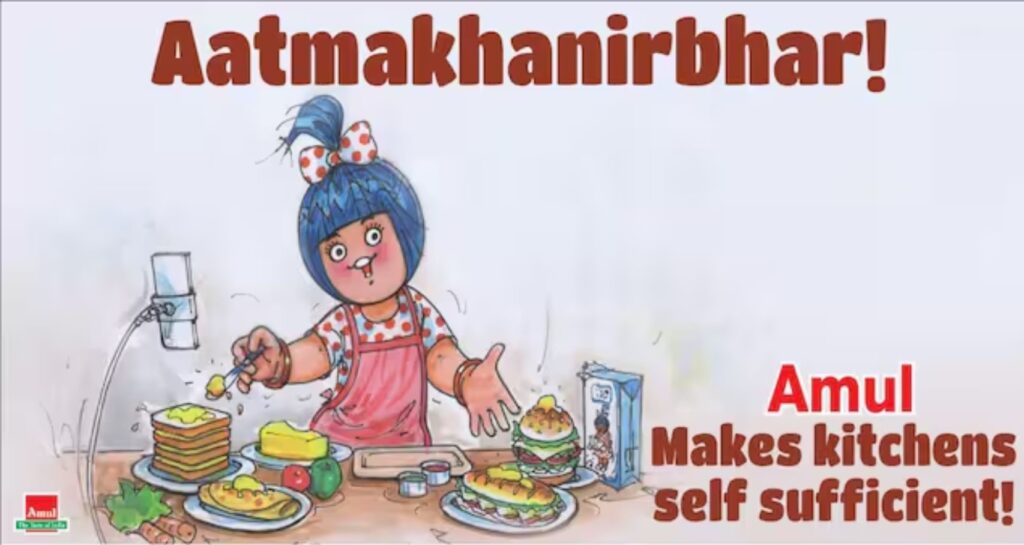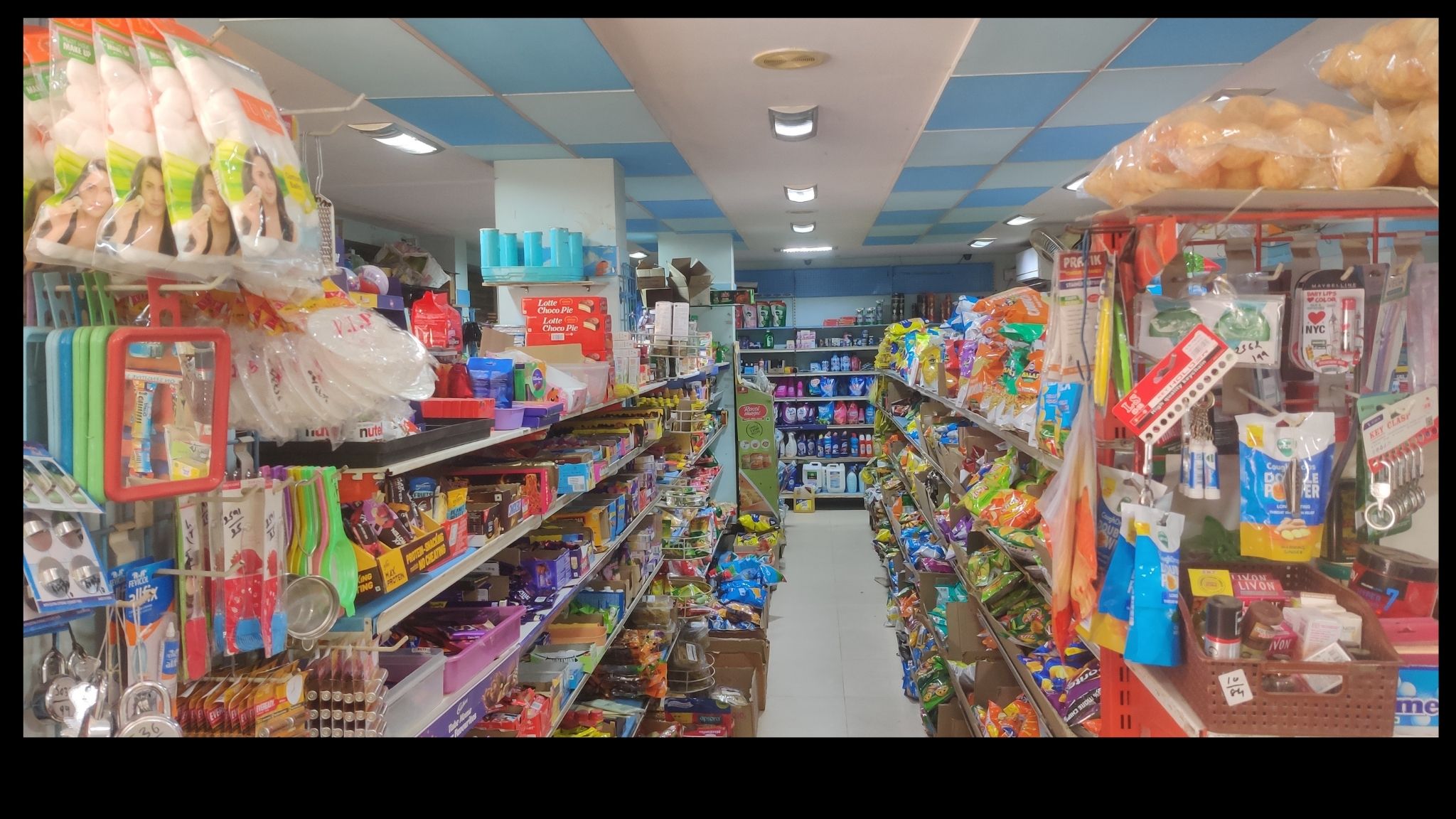Lessons Learned from Companies That Thrived During Crises
The COVID-19 pandemic tested companies across the globe, including Gujarat. Some business not only survived but flourished among these difficulties, proving persistence and flexibility. Let’s examine how Gujarat’s tourist sector, Amul, Balaji Wafers, Rajhans Cinemas, and others converted hardships into opportunity.
Amul

The closure of restaurants, hotels, and catering businesses, which accounted for 20% of the organized dairy sector’s earnings, led to a reduction in demand, leading to a 10-12% decline in Amul’s sales. However, Amul planned for an increase in demand, owing to a profound awareness of altering consumer behavior. As more individuals remained home, household consumption of milk products increased, giving rise to a booming homemade food trend and increasing the need for groceries and milk products. Additionally, health-conscious consumers changed from loose milk to bottled milk. Amul boosted their advertising volumes by 316% compared to the previous year. This aggressive marketing technique helped Amul to engage with its customers and retain a brand presence during the lockdown. Amul’s capacity to innovate and understand consumer expectations allowed the brand not just recover but flourish amid the crisis.
Balaji Wafers

Balaji Wafers, famed for its snack items, witnessed a fall in sales with the lockdown. In response, they increased distribution to online grocery platforms and collaborated with delivery services. They have expanded their product portfolio to provide economical snack alternatives for budget-conscious consumers. By concentrating on convenience and accessibility, Balaji Wafers regained consumer loyalty and kept its place in the snack industry. This move points out the necessity of digital transformation in modern business.
Rajhans Cinemas

The pandemic impacted the entertainment business hard, and Rajhans Cinemas was no exception. With limits on gatherings, theatres reported a dramatic fall in attendees. Rajhans Cinemas reacted by strengthening safety standards and offering private bookings for small parties. Additionally, they pushed internet ticketing possibilities, making the theatreexperience safer and more convenient. By addressing consumer concerns and reinventing the typical cinema visit, Rajhans revived its audience base, proving that customer trust is important during difficult times.
Gujarat Tourism

Gujarat’s tourism sector was significantly damaged by travel restrictions and lockdowns. To recover, Gujarat Tourism altered its focus to promoting local travel, encouraging citizens to explore their own state. Campaigns like “DekhoApna Desh” resonated with communities who desired secure transport alternatives. The tourist sector has promoted wellness tourism, tapping into demand for experiences that value health and relaxation. This shift to local and wellness tourism helped Gujarat Tourism revive, proving the benefit of recognizing and adjusting to market demands.
Surat’s Diamond Industry

The diamond industry in Surat also experienced a significant downturn due to COVID-19. Lockdowns disrupted diamond supply chains, and demand for luxury items fell as consumers prioritized essentials. It was in crisis after blockage of R 5000 crore from China, Hong Kong. Trading was reduced to just 20%. A shortage of labour added to the challenges, as many workers returned to their hometowns. However, the industry’s recovery was swift and strategic. Government support provided financial relief, and businesses adopted digital solutions like virtual trade fairs to reach global markets. Diversification into lab-grown diamonds and the gradual return of workers helped restore Surat’s diamond industry. By 2023, exports even surpassed pre-pandemic levels, proving the resilience of this industry.
Key Takeaways
The resilience shown by these businesses offers valuable lessons for those learning about entrepreneurship and running a business:
1. Adapt Quickly to Market Changes: Businesses like Amuland Balaji Wafers updated their product lines to match altering consumer expectations, adopting digital channels to contact their customers.
2. Embrace Digital Transformation: Digital technologies were important in helping organizations recover and grow. Balaji Wafers ventured into e-commerce, while Surat’s diamond sector used online trade shows to connect with worldwide clientele.
3. Reinforce Customer Trust:Rajhans Cinemas won customer trust by prioritizing safety, indicating that consumer confidence is crucial. Transparent communication and steps to assure safety can develop loyalty and bring consumers back.
4. Explore New Market Opportunities: Gujarat Tourism and Surat’s diamond sector proved the power of diversification and local market emphasis. Embracing new consumer groups and exploring other revenue streams can safeguard businesses during economic downturns.
5. Seek Government Support: The government’s backing for Surat’s diamond sector played a significant role in its resurgence. Utilizing available services and support can bring relief and stability in stressful circumstances.
Conclusion
The stories of Amul, Balaji Wafers, Rajhans Cinemas, and Gujarat’s tourism sector are remarkable examples of persistence and creativity. Despite encountering tremendous obstacles, these businesses responded, pivoted, and emerged stronger. Their journeys remind us that resilience, adaptability, and a thorough awareness of market demands are important for any business to flourish amid a crisis. Whether you’re learning about entrepreneurship or exploring new business stories, these instances offer a roadmap for developing a strong firm capable of withstanding any storm. Keep following Gujpreneur for more.







